1,3-DINITRONAPHTHALENE
- CAS NO.:606-37-1
- Empirical Formula: C10H6N2O4
- Molecular Weight: 218.17
- MDL number: MFCD00003915
- EINECS: 210-116-5
- SAFETY DATA SHEET (SDS)
- Update Date: 2024-12-18 14:15:30
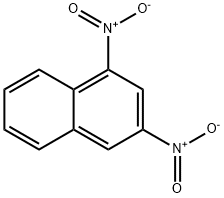
What is 1,3-DINITRONAPHTHALENE?
Description
Dinitronaphthalene is a yellowish crystallinesolid. Molecular weight= 218.18; Freezing/Melting points:(1,3-) 146148℃; (1,5-) 218℃; (1,8-) 173℃. These substances are highly flammable, potentially explosive; shockand heat sensitive.
Chemical properties
beige powder
The Uses of 1,3-DINITRONAPHTHALENE
1,3-Dinitronaphthalene was used to study the photocatalytic oxidation reaction of 1,3-dinitronaphthalene in the presence of TiO(2) Degussa (P-25 grade).
What are the applications of Application
1,3-Dinitronaphthalene is used to study the photocatalytic oxidation reaction of 1,3-dinitronaphthalene in the presence of TiO(2) Degussa (P-25 grade)
Definition
ChEBI: 1,3-dinitronaphthalene is a dinitronaphthalene.
Synthesis Reference(s)
Journal of the American Chemical Society, 71, p. 2855, 1949 DOI: 10.1021/ja01176a078
General Description
Beige powder.
Air & Water Reactions
Insoluble in water.
Reactivity Profile
1,3-DINITRONAPHTHALENE may be sensitive to heat or shock.
Fire Hazard
Flash point data are not available for 1,3-DINITRONAPHTHALENE, but 1,3-DINITRONAPHTHALENE is probably combustible.
Safety Profile
Suspected carcinogen. Mutation data reported. When heated to decomposition it emits toxic vapors of NOx
Potential Exposure
Used as a dye intermediate; in themanufacture of explosives.
First aid
Skin Contact: Flood all areas of body thathave contacted the substance with water. Do not wait toremove contaminated clothing; do it under the water stream.Use soap to help assure removal. Isolate contaminatedclothing when removed to prevent contact by others. EyeContact: Remove any contact lenses at once. Immediatelyflush eyes well with copious quantities of water or normalsaline for at least 2030 min. Seek medical attention.Inhalation: Leave contaminated area immediately; breathefresh air. Proper respiratory protection must be supplied toany rescuers. If coughing, difficult breathing or any othersymptoms develop, seek medical attention at once, even ifsymptoms develop many hours after exposure. Ingestion: Ifunconscious or convulsing, do not induce vomiting or giveanything by mouth. Assure that victim’s airway is open andlay him on his side with his head lower than his body andtransport at once to a medical facility. If conscious and notconvulsing, give a glass of water to dilute the substance. Ifmedical advice is not readily available, do not inducevomiting, and rush the victim to the nearest medicalfacility.
storage
(1) Color Code—Yellow: Reactive Hazard; Storein a location separate from other materials, especially flammables and combustibles. (2) Color Code—Blue (all isomers): Health Hazard/Poison: Store in a secure poisonlocation. Prior to working with dinitronaphthalenes youshould be trained on its proper handling and storage. Storein tightly closed containers in a refrigerator or cool, wellventilated area away from alkalies, aluminum, sulfur,sulfuric acid, and heat. A regulated, marked area should beestablished where this chemical is handled, used, or storedin compliance with OSHA Standard 1910.1045.
Shipping
Nitronaphthalene is not specifically cited inDOT’s Performance-Oriented Packaging Standards. But itmay be considered “Toxic solids, organic, n.o.s.” This compound requires a shipping label of “POISONOUS/TOXICMATERIALS.” It may fall into DOT Hazard Class 6.1 andPacking Group III. Dyes, solid, toxic, n.o.s. [or] Dye intermediates, solid, toxic,
Incompatibilities
The 1,3- and 1,8-isomers are strong oxidizers. All are potentially explosive materials. These materials may form explosive metal salts with alkalies. Violentreaction with aluminum, sulfur, and sulfuric acid in thepresence of heat.
Properties of 1,3-DINITRONAPHTHALENE
| Melting point: | 146-148 °C (lit.) |
| Boiling point: | 358.84°C (rough estimate) |
| Density | 1.4330 (rough estimate) |
| refractive index | 1.5800 (estimate) |
| Stability: | Stable, but may be heat or shock sensitive. Incompatible with strong bases, strong oxidizing agents. |
| EPA Substance Registry System | 1,3-Dinitronaphthalene (606-37-1) |
Safety information for 1,3-DINITRONAPHTHALENE
| Signal word | Warning |
| Pictogram(s) |
 Exclamation Mark Irritant GHS07 |
| GHS Hazard Statements |
H315:Skin corrosion/irritation H319:Serious eye damage/eye irritation H335:Specific target organ toxicity, single exposure;Respiratory tract irritation |
| Precautionary Statement Codes |
P261:Avoid breathing dust/fume/gas/mist/vapours/spray. P264:Wash hands thoroughly after handling. P264:Wash skin thouroughly after handling. P271:Use only outdoors or in a well-ventilated area. P280:Wear protective gloves/protective clothing/eye protection/face protection. P302+P352:IF ON SKIN: wash with plenty of soap and water. P305+P351+P338:IF IN EYES: Rinse cautiously with water for several minutes. Remove contact lenses, if present and easy to do. Continuerinsing. |
Computed Descriptors for 1,3-DINITRONAPHTHALENE
New Products
(S)-3-Aminobutanenitrile hydrochloride 4-Methylphenylacetic acid N-Boc-D-alaninol N-BOC-D/L-ALANINOL Tert-butyl bis(2-chloroethyl)carbamate 3-Morpholino-1-(4-nitrophenyl)-5,6-dihydropyridin- 2(1H)-one Furan-2,5-Dicarboxylic Acid Tropic acid 1-Bromo-3,5-Di-Tert-Butylbenzene S-2-CHLORO PROPIONIC ACID ETHYL ISOCYANOACETATE 2-Bromo-1,3-Bis(Dimethylamino)Trimethinium Hexafluorophosphate 4-IODO BENZOIC ACID 3-NITRO-2-METHYL ANILINE 1-(2,4-DICHLOROPHENYL) ETHANAMINE (2-Hydroxyphenyl)acetonitrile 4-Bromopyrazole 2-(Cyanocyclohexyl)acetic acid 4-methoxy-3,5-dinitropyridine 1-(4-(aminomethyl)benzyl)urea hydrochloride 2-aminopropyl benzoate hydrochloride diethyl 2-(2-((tertbutoxycarbonyl)amino) ethyl)malonate tert-butyl 4- (ureidomethyl)benzylcarbamate Ethyl-2-chloro((4-methoxyphenyl)hydrazono)acetateRelated products of tetrahydrofuran
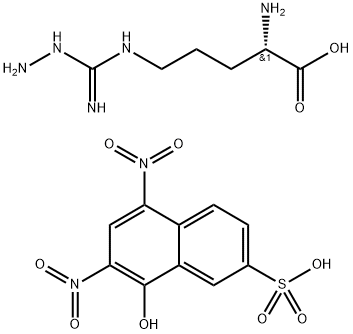
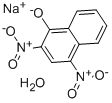
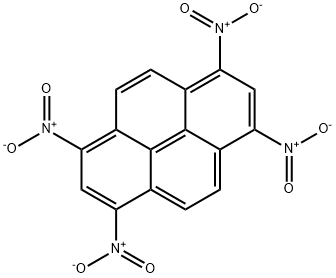
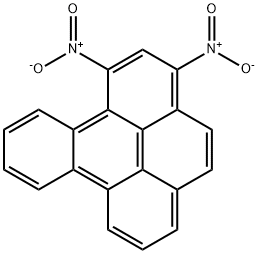
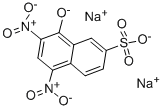
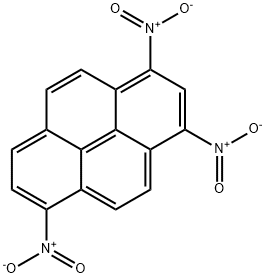
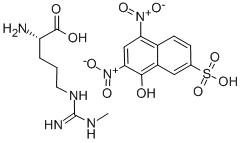
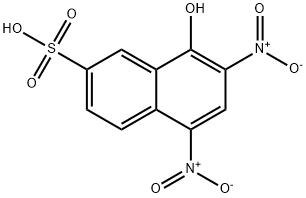
You may like
-
 1,3-Dinitronaphthalene CAS 606-37-1View Details
1,3-Dinitronaphthalene CAS 606-37-1View Details
606-37-1 -
 2033-24-1 98%View Details
2033-24-1 98%View Details
2033-24-1 -
 1975-50-4 98%View Details
1975-50-4 98%View Details
1975-50-4 -
 2-HYDROXY BENZYL ALCOHOL 98%View Details
2-HYDROXY BENZYL ALCOHOL 98%View Details
90-01-7 -
 2-Chloro-1,3-Bis(Dimethylamino)Trimethinium Hexafluorophosphate 221615-75-4 98%View Details
2-Chloro-1,3-Bis(Dimethylamino)Trimethinium Hexafluorophosphate 221615-75-4 98%View Details
221615-75-4 -
 61397-56-6 CIS BROMO BENZOATE 98%View Details
61397-56-6 CIS BROMO BENZOATE 98%View Details
61397-56-6 -
 14714-50-2 (2-Hydroxyphenyl)acetonitrile 98+View Details
14714-50-2 (2-Hydroxyphenyl)acetonitrile 98+View Details
14714-50-2 -
 118753-70-1 98+View Details
118753-70-1 98+View Details
118753-70-1